The top 10 property hotspots in Britain that have defied the market to keep rising in 2023
House prices have fallen nationally over the last year. But more than 70 areas have bucked the trend, with values rising by up to 17%, says Halifax. Can you guess which locations top the ranking?


There’s little doubt that economic headwinds have taken their toll on the housing market recently. Average UK house prices have dropped by 3.9% over the last year. In fact, annual property values have fallen in every nation and region over the last 12 months, ranging from -5.7% in the south east to -0.2% in Northern Ireland, according to Halifax.
But more than 70 areas have actually defied the big-picture downturn, with rising house prices during 2023. So is yours one of them?
The top 10 hotspots
Powys in Wales was crowned the number one hotspot for house price growth, with values jumping by 17.4% (£37,651). The largest and least crowded county in Wales, Powys is home to (most of) the Brecon Beacons National Park.
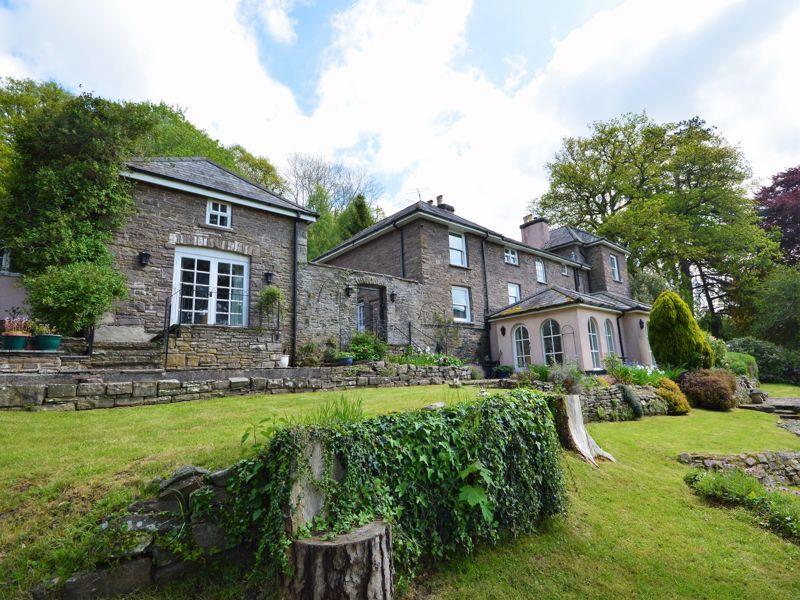
Next up is East Lindsey in Lincolnshire, where house prices climbed by 13.3% (£25,888) over the last year. It boasts the Lincolnshire Wolds, an Area of Outstanding Natural Beauty, as well as award-winning Blue Flag beaches.
And Moray in Scotland comes in third place, with property values rising by 10.7% (£17,347). This largely rural area is where you’ll find top golf courses, many whisky distilleries, the Cairngorms National Park, and bottlenose dolphins in the Moray Firth.
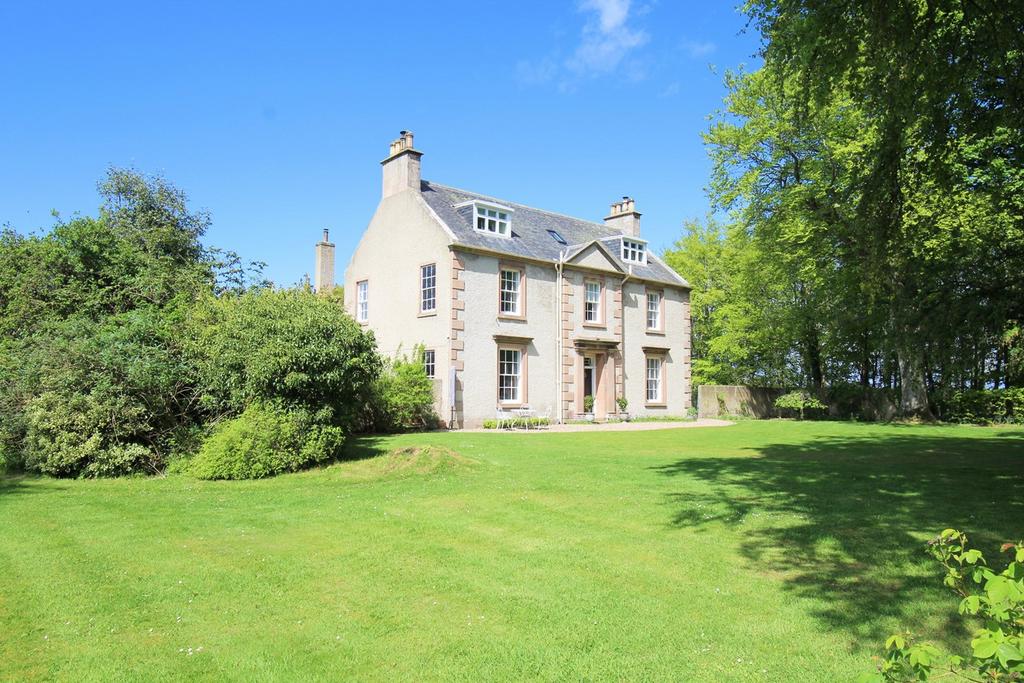
Babergh in the east of England, Sunderland in the north east, Ealing and Westminster (both in London), Bolsover in the East Midlands, and Cumberland and Rossendale (both in the north west), also make it into the top 10.
| Local authority | Nation/region | House price Q3 2022 | House price Q3 2023 | Annual % change | Annual £ change |
| Powys | Wales | £216,307 | £253,958 | 17.40% | £37,651 |
| East Lindsey | East Midlands | £194,533 | £220,421 | 13.30% | £25,888 |
| Moray | Scotland | £162,258 | £179,606 | 10.70% | £17,347 |
| Babergh | Eastern England | £317,383 | £349,965 | 10.30% | £32,583 |
| Sunderland | North East | £138,579 | £150,862 | 8.90% | £12,283 |
| Ealing | London | £494,100 | £531,127 | 7.50% | £37,027 |
| Westminster / City of London | London | £714,242 | £767,350 | 7.40% | £53,108 |
| Bolsover | East Midlands | £167,398 | £179,453 | 7.20% | £12,054 |
| Cumberland | North West | £165,346 | £176,470 | 6.70% | £11,124 |
| Rossendale | North West | £185,658 | £198,102 | 6.70% | £12,444 |
Halifax compiled the ranking by studying property values in more than 300 local authorities across Britain in the three months up to September, and comparing them with figures from the same time period last year. The mortgage lender’s analysis is based on data from its own house price index.
Sign up for the Country Life Newsletter
Exquisite houses, the beauty of Nature, and how to get the most from your life, straight to your inbox.
Beauty spots 'continue to be desirable'
So what has pushed Powys, East Lindsey, and Moray to the top of the league? The key theme seems to be their remote, scenic landscapes.
Kim Kinnaird, director at Halifax Mortgages, notes: ‘Many of the places highlighted in our research benefit from more remote or rural surroundings and incorporate areas of outstanding natural beauty. These are traits which continue to be desirable for prospective homeowners, bucking the trend of the wider performance of the housing market.'
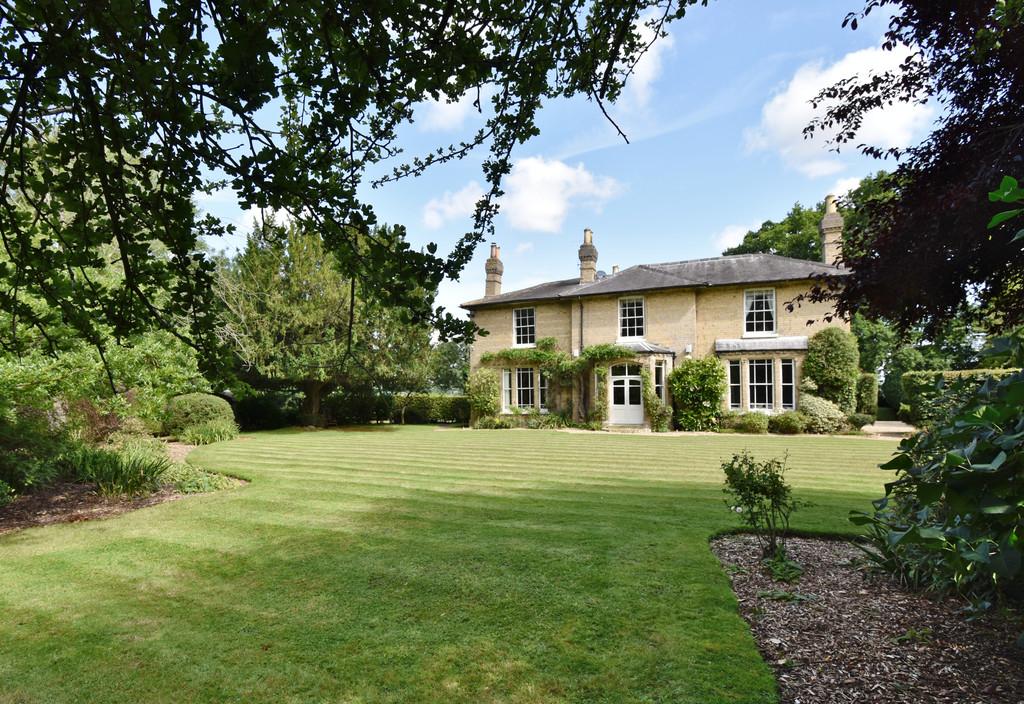
Of course, there are multiple factors that can impact local house prices, ranging from the mix of homes available, to the quality of schools, says Kinnaird.
‘What’s clear is that the UK housing market is not a single-entity that performs in a uniform way across the country, there are differences,’ she explains.
‘While at a national level the current squeeze on mortgage affordability has seen property prices fall over the last year, in many regions there remain pockets of house price growth. While a limited supply of properties for sale could be a factor, this also suggests in some areas, local market activity – and demand among buyers – remains strong.’
Tom Bill, head of UK residential research at Knight Frank, says that more affordable parts of the country are gradually closing the house price gap with London, where affordability is at its most stretched. He expects the gap to get narrower without closing as buyers look beyond the capital for better value for money.
But Bill has a word of warning for anyone interpreting house prices right now: ‘The more important point…is that fewer transactions can distort the data. The underlying health of the housing market is not necessarily gauged by what is happening to house prices but rather transaction volumes, which are down by more than a fifth.’
-
 Some of the finest landscapes in the North of England with a 12-bedroom home attached
Some of the finest landscapes in the North of England with a 12-bedroom home attachedUpper House in Derbyshire shows why the Kinder landscape was worth fighting for.
By James Fisher Published
-
 The Great Gatsby, pugs and the Mitford sisters: Country Life Quiz of the Day, April 16, 2025
The Great Gatsby, pugs and the Mitford sisters: Country Life Quiz of the Day, April 16, 2025Wednesday's quiz tests your knowledge on literature, National Parks and weird body parts.
By Rosie Paterson Published
-
 Some of the finest landscapes in the North of England with a 12-bedroom home attached
Some of the finest landscapes in the North of England with a 12-bedroom home attachedUpper House in Derbyshire shows why the Kinder landscape was worth fighting for.
By James Fisher Published
-
 Could Gruber's Antiques from Paddington 2 be your new Notting Hill home?
Could Gruber's Antiques from Paddington 2 be your new Notting Hill home?It was the home of Mr Gruber and his antiques in the film, but in the real world, Alice's Antiques could be yours.
By James Fisher Published
-
 What should 1.5 million new homes look like?
What should 1.5 million new homes look like?The King's recent visit to Nansledan with the Prime Minister gives us a clue as to Labour's plans, but what are the benefits of traditional architecture? And can they solve a housing crisis?
By Lucy Denton Published
-
 Welcome to the modern party barn, where disco balls are 'non-negotiable'
Welcome to the modern party barn, where disco balls are 'non-negotiable'A party barn is the ultimate good-time utopia, devoid of the toil of a home gym or the practicalities of a home office. Modern efforts are a world away from the draughty, hay-bales-and-a-hi-fi set-up of yesteryear.
By Madeleine Silver Published
-
 Five beautiful homes, from a barn conversion to an island treasure, as seen in Country Life
Five beautiful homes, from a barn conversion to an island treasure, as seen in Country LifeOur pick of the best homes to come to the market via Country Life in recent days include a wonderful thatched home in Devon and a charming red-brick house with gardens that run down to the water's edge.
By Toby Keel Published
-
 The finest interiors in Edinburgh? A seven-bedroom townhouse furnished by Robert Kime comes to market
The finest interiors in Edinburgh? A seven-bedroom townhouse furnished by Robert Kime comes to marketSituated on one of the New Town's grandest terraces, this four-storey property is a collector's dream.
By James Fisher Published
-
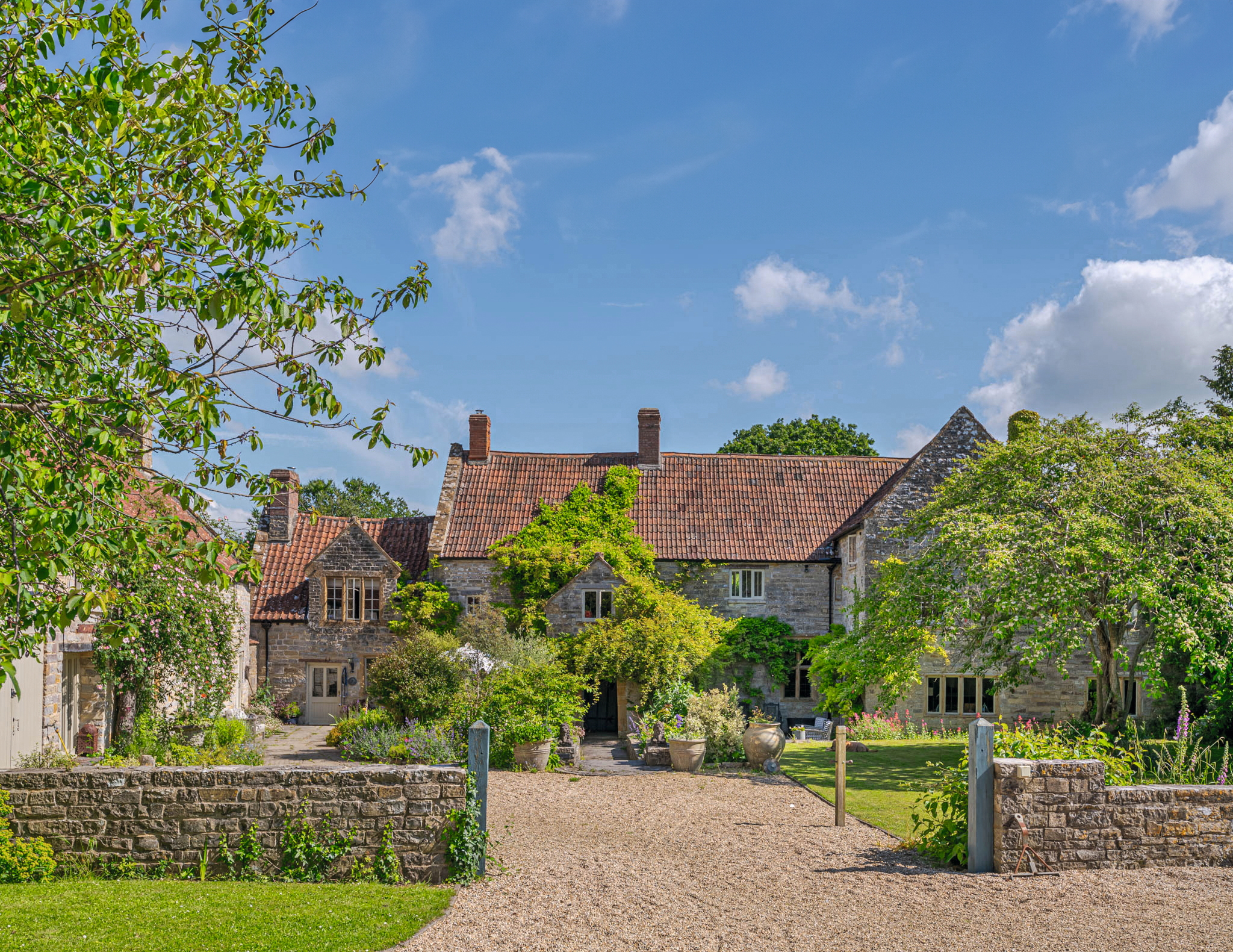 A Grade II*-listed country manor with one of the most beautiful drawing rooms in England
A Grade II*-listed country manor with one of the most beautiful drawing rooms in EnglandIf Old Manor Farm in Somerset is good enough for Pevsner, it's good enough for you.
By Penny Churchill Published
-
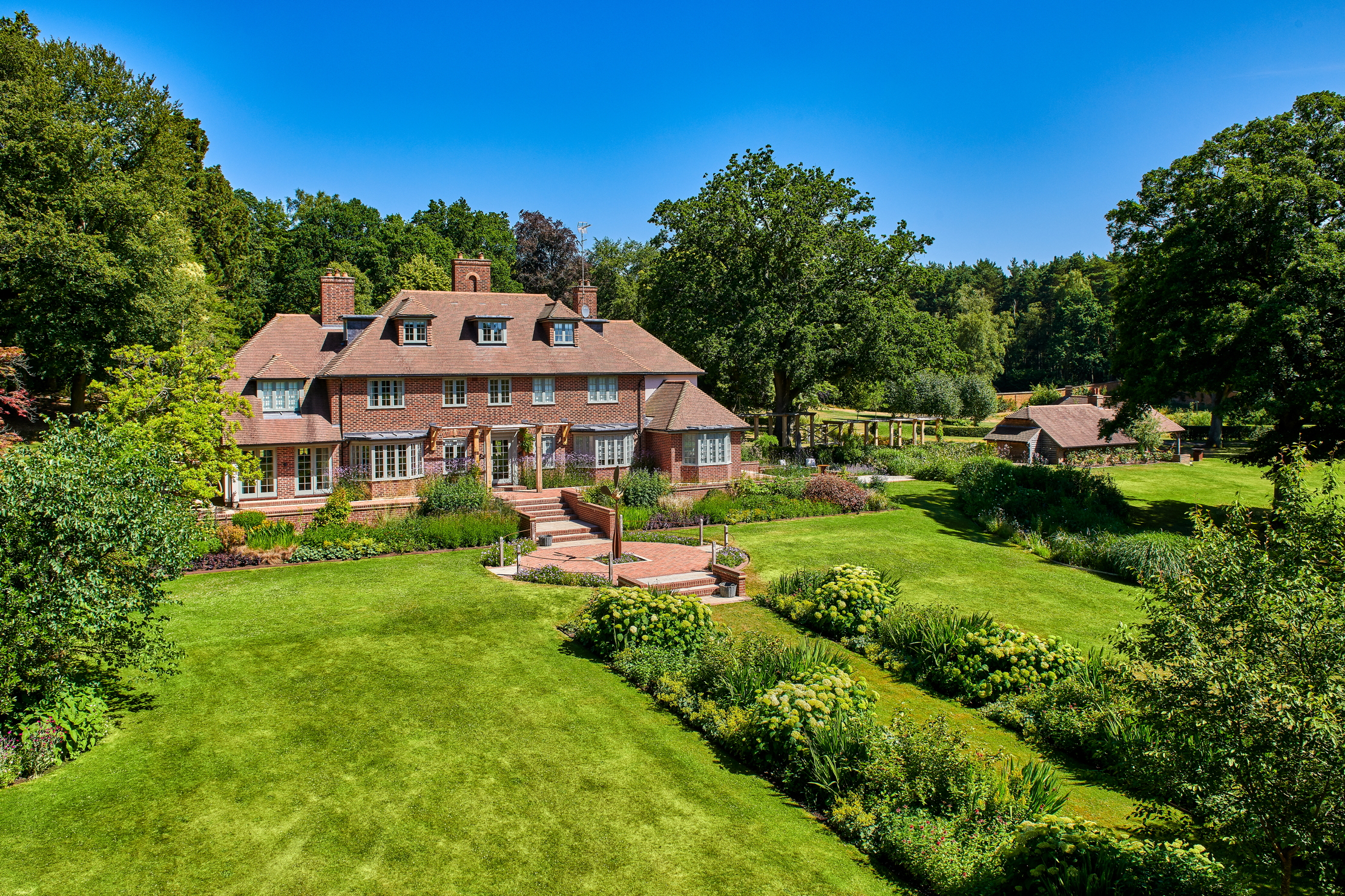 An eight-bedroom home in Surrey where an army of robots will look after your lawns
An eight-bedroom home in Surrey where an army of robots will look after your lawnsDo not fear the bladed guardians of Monksfield House. They are here to help.
By James Fisher Published
